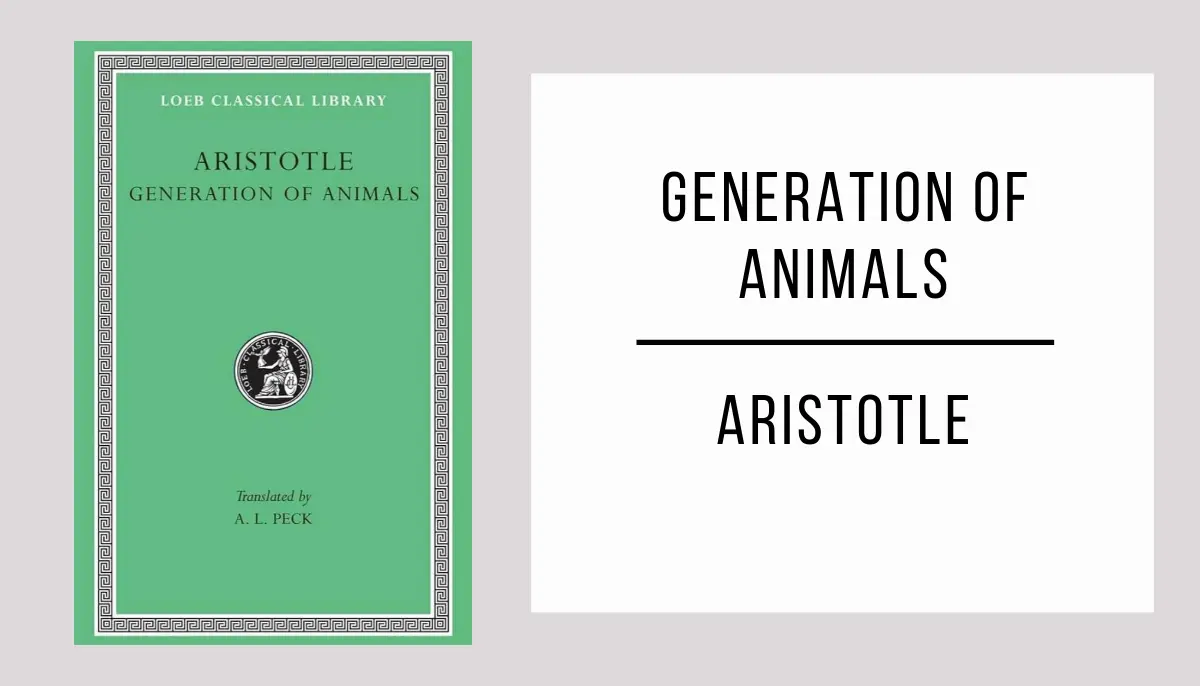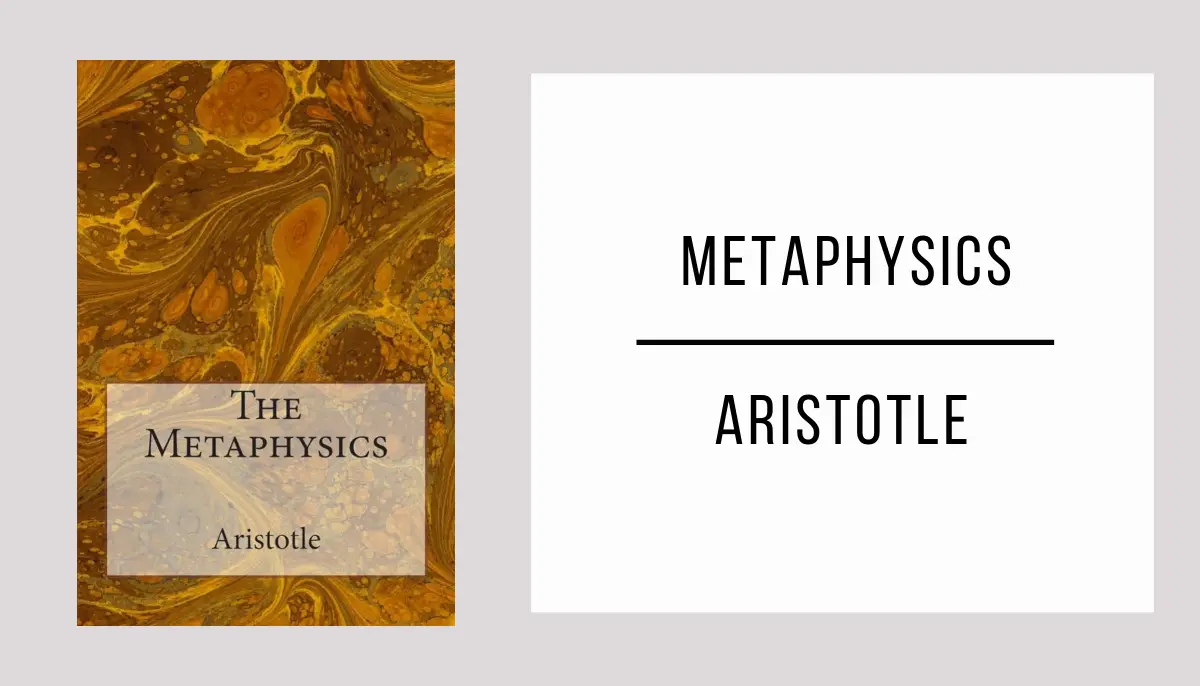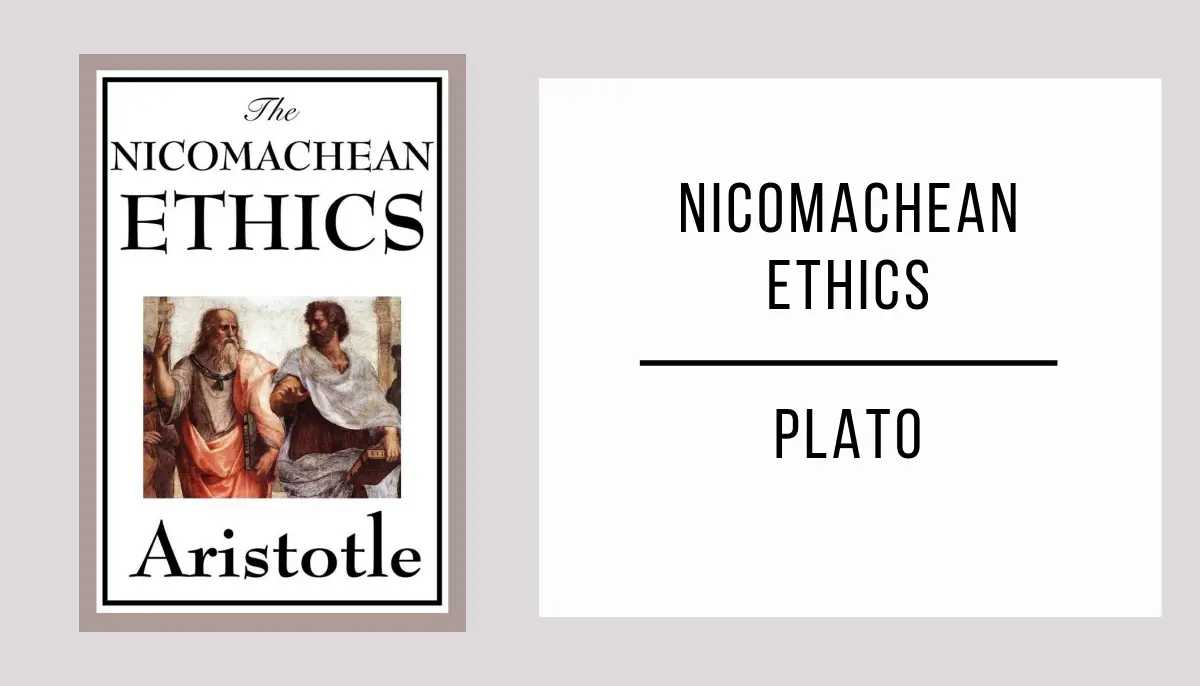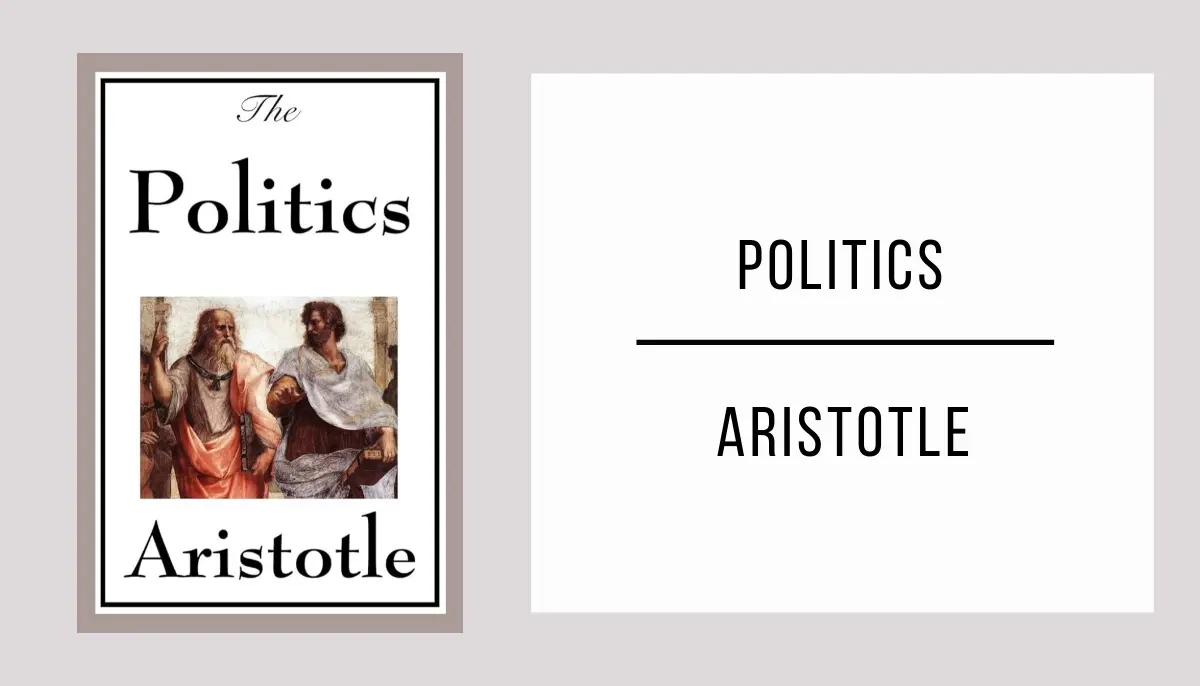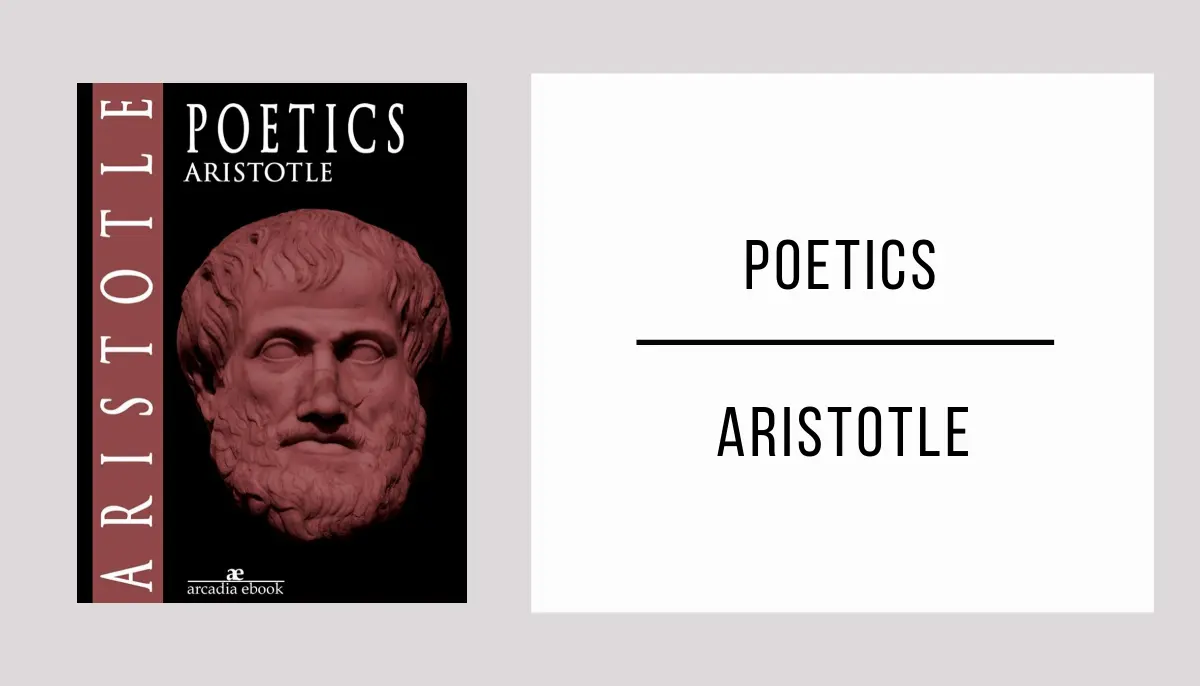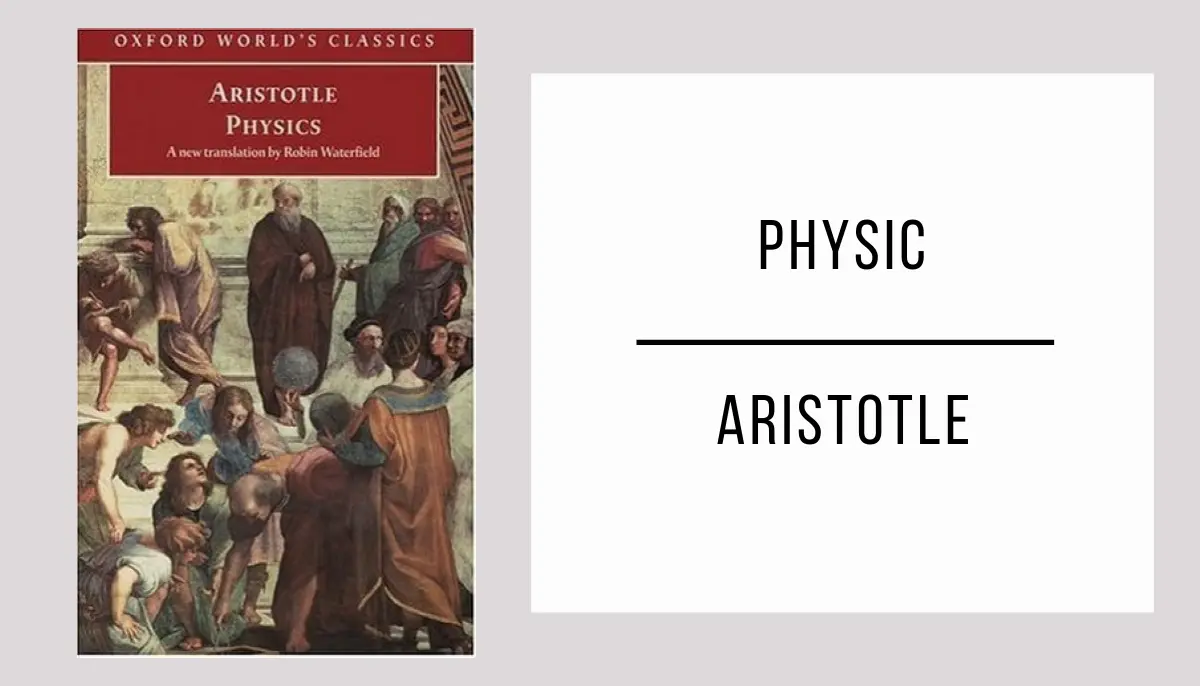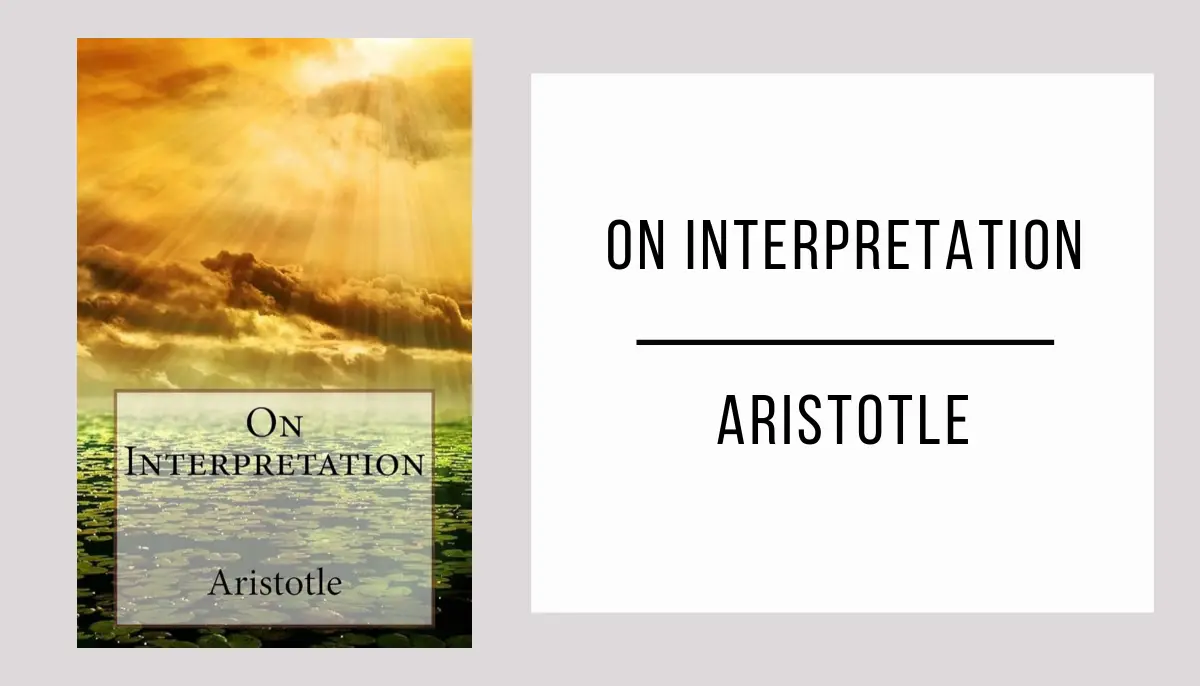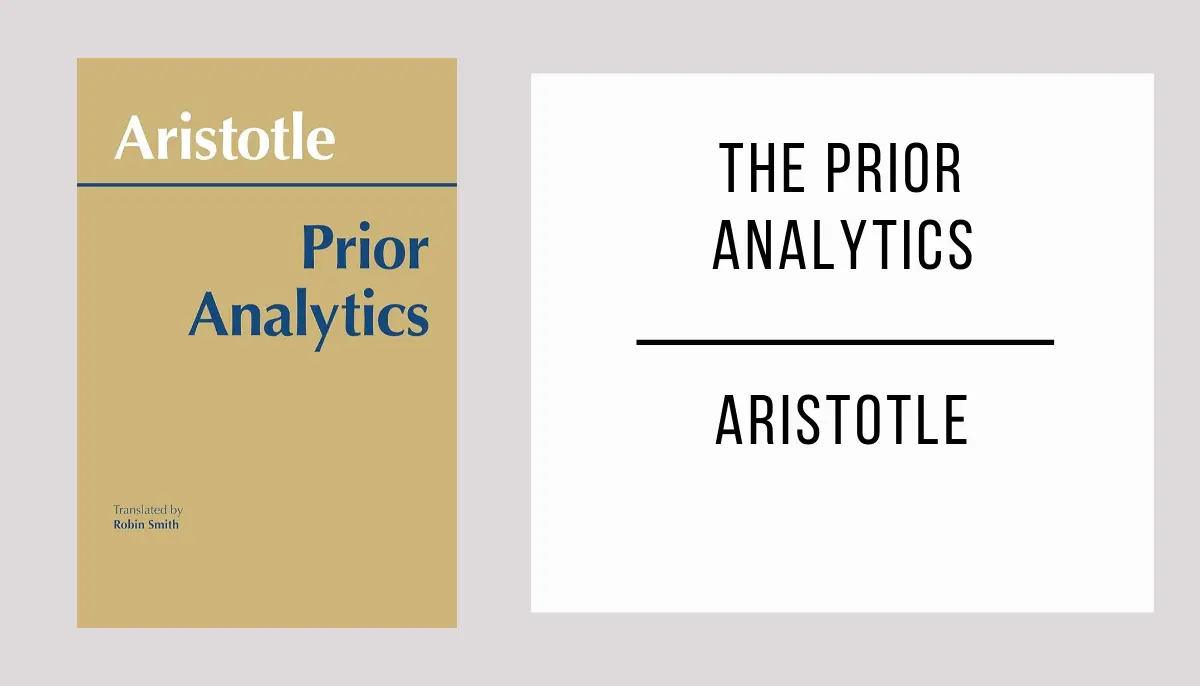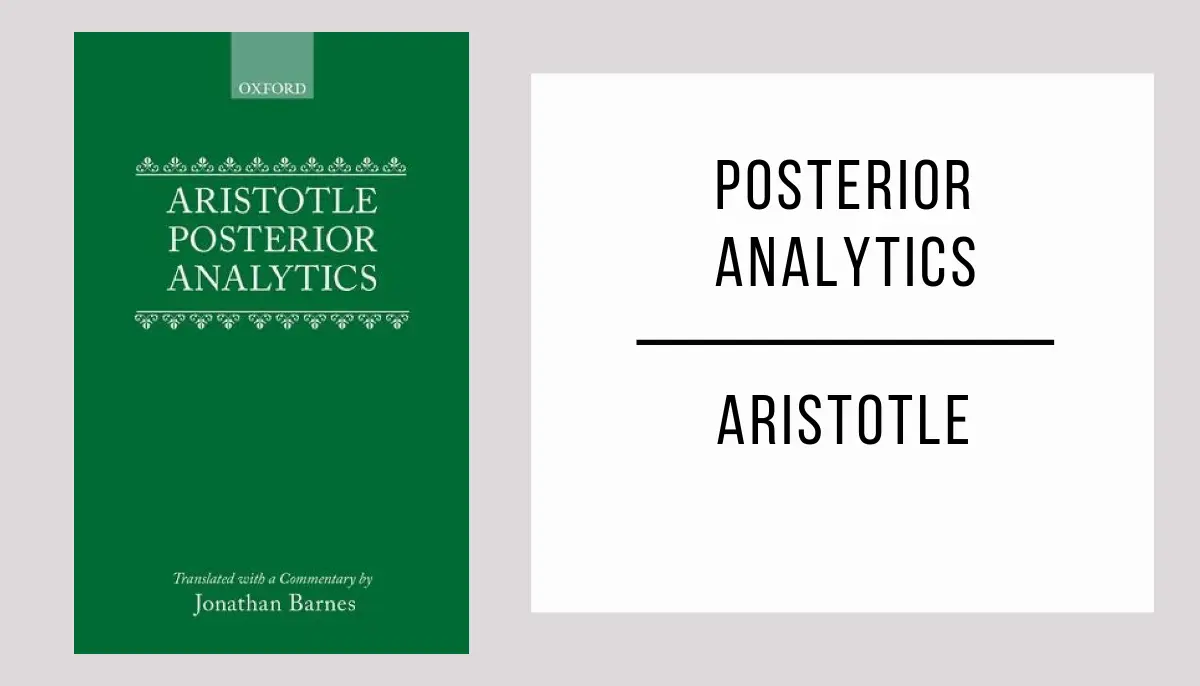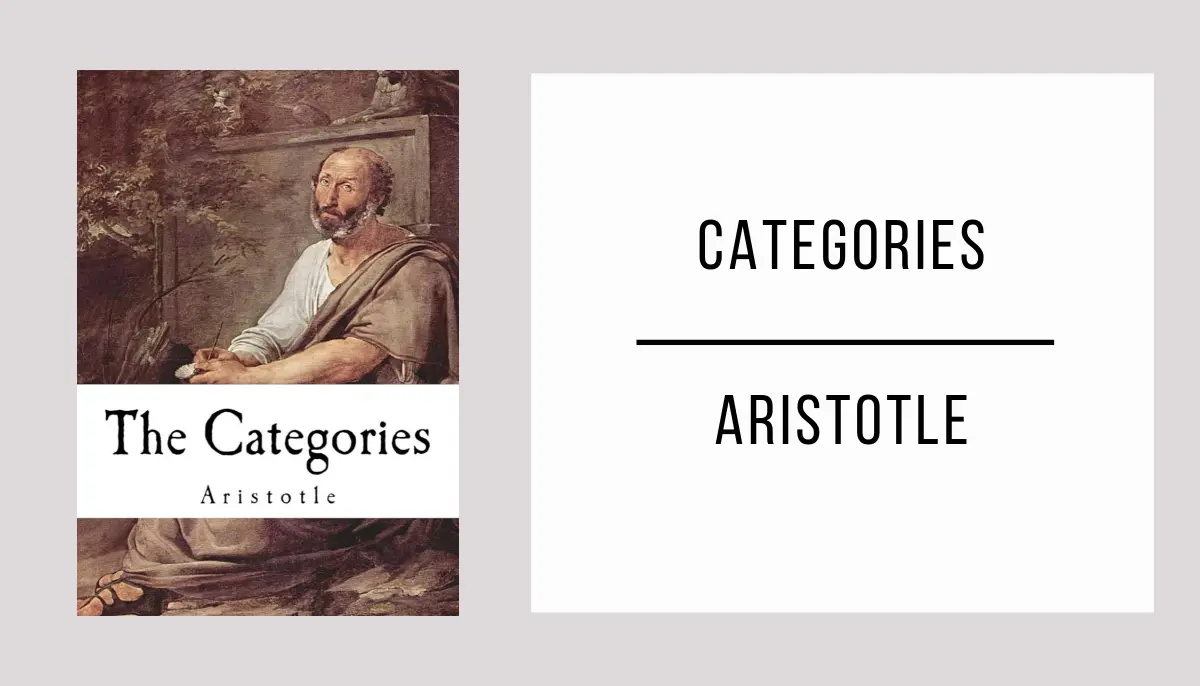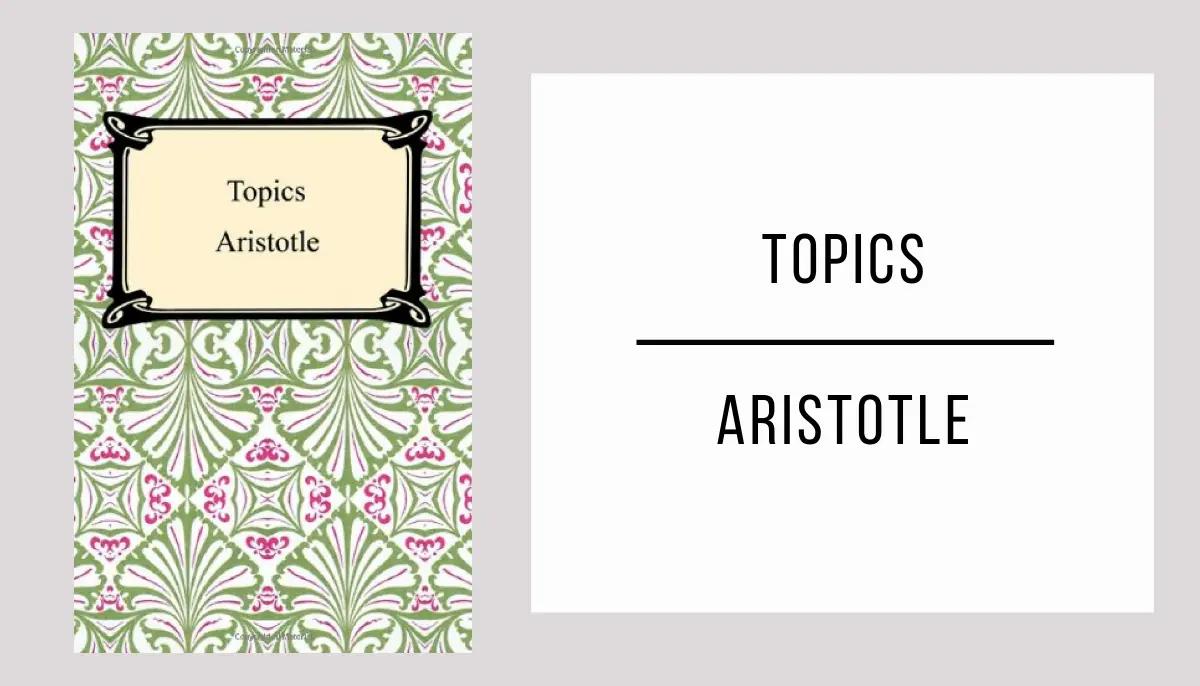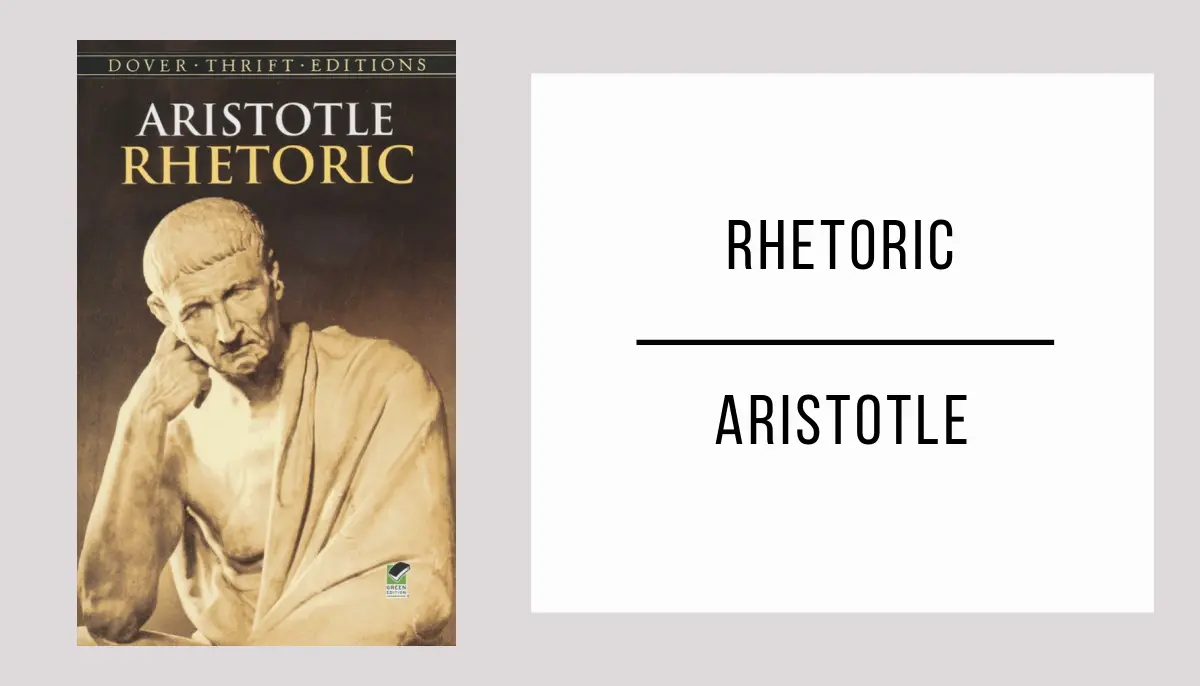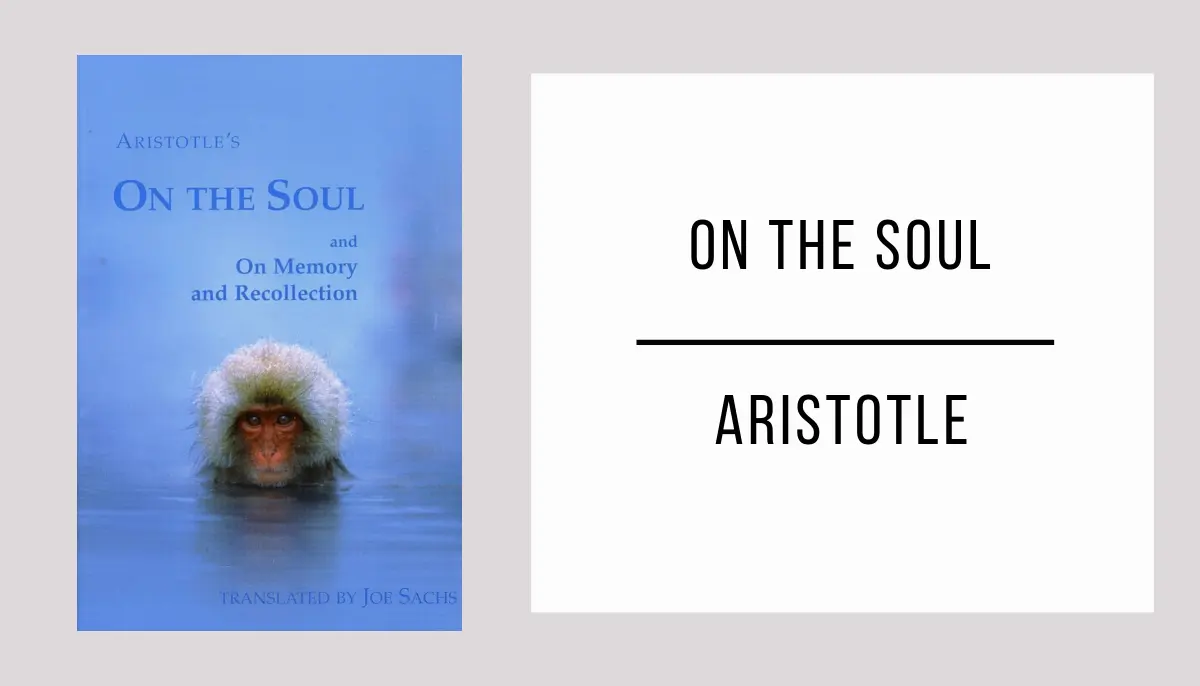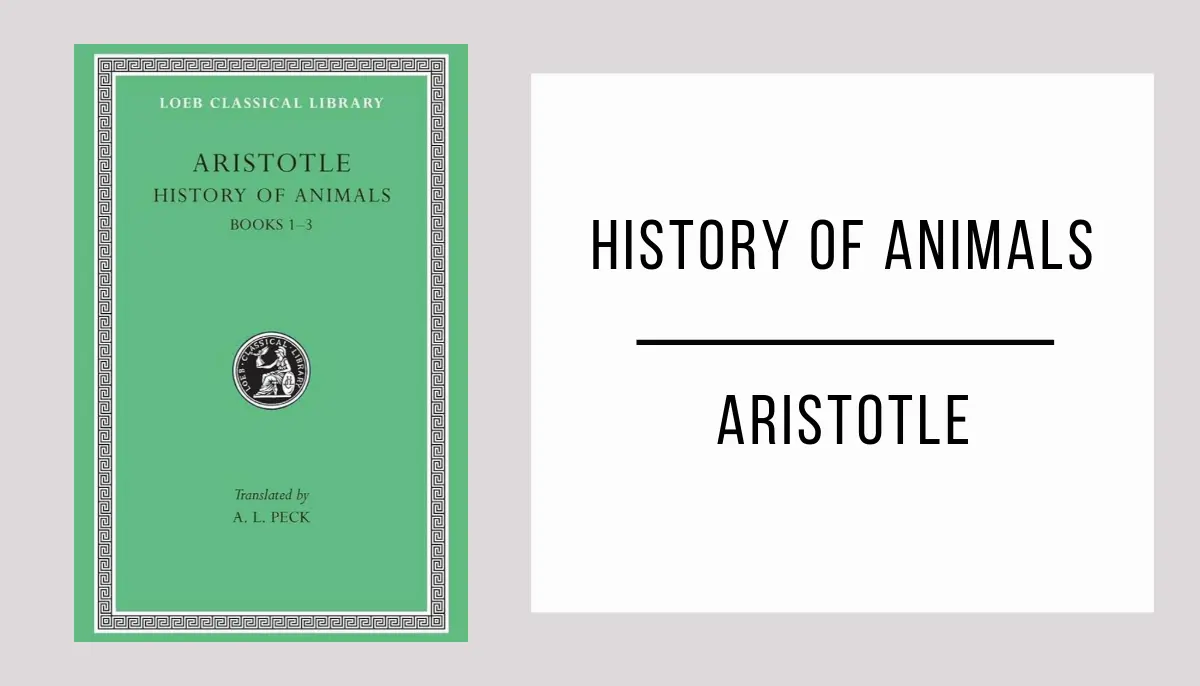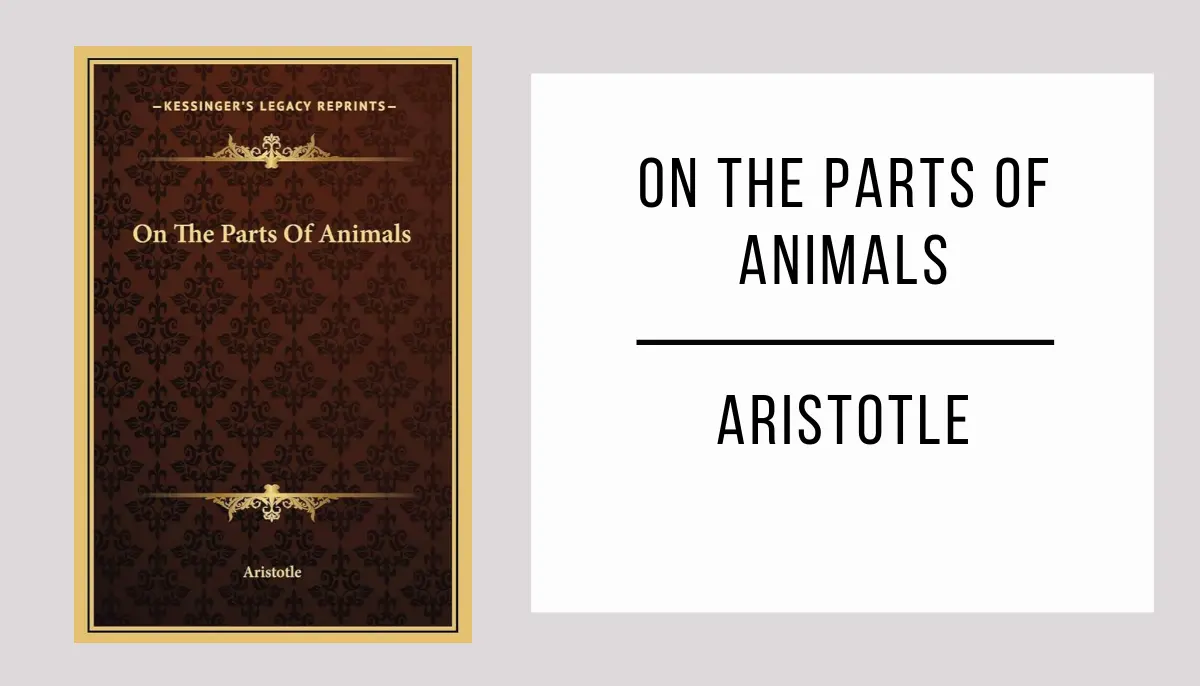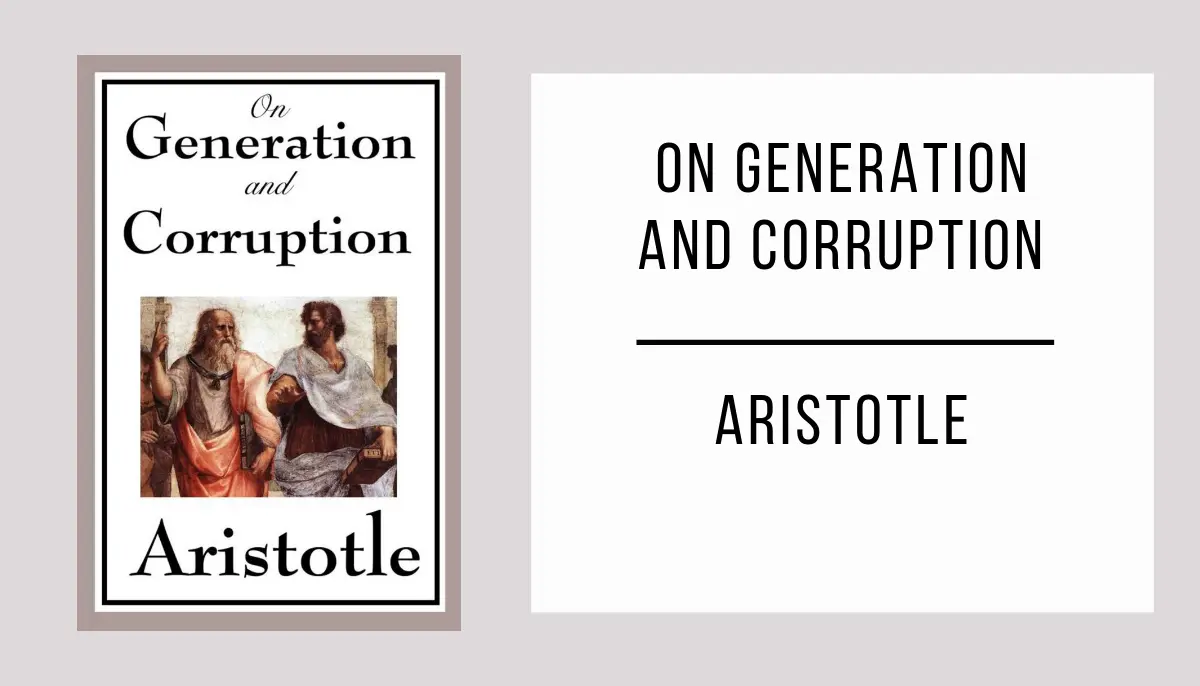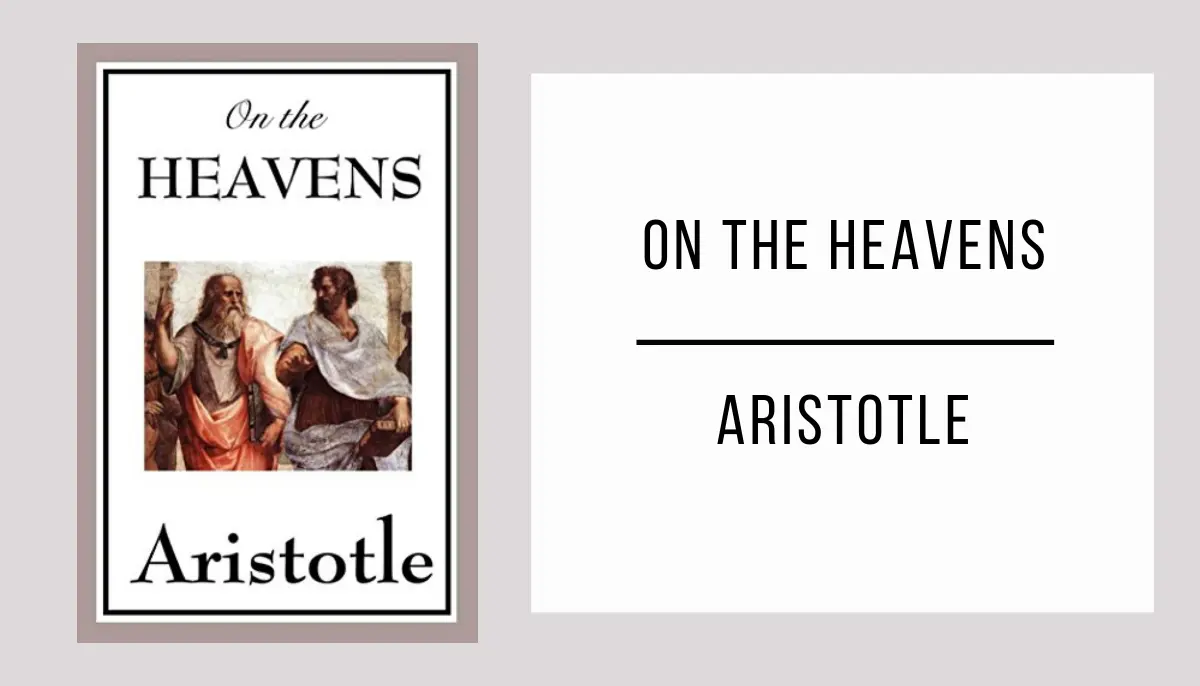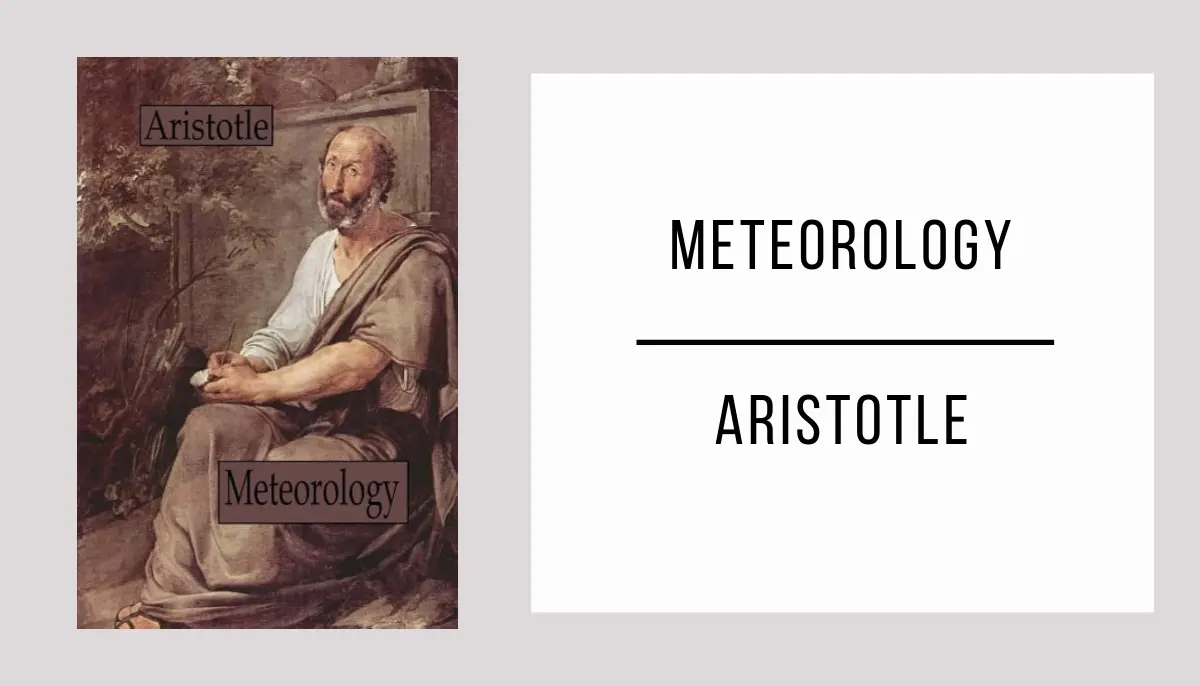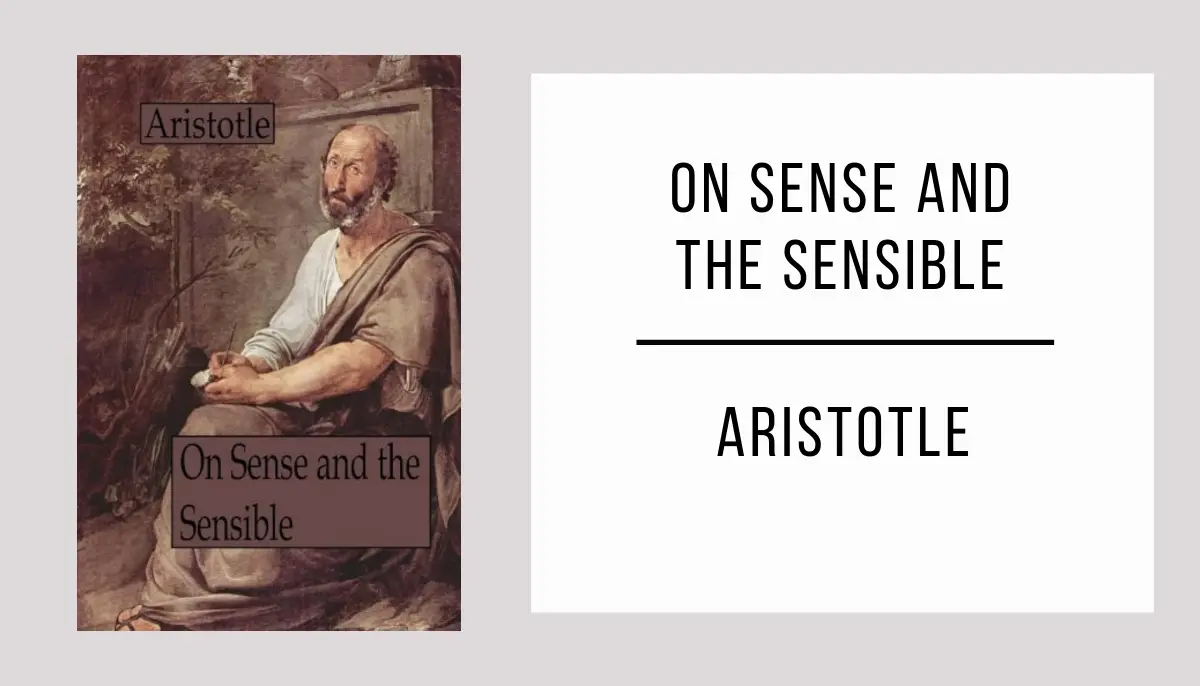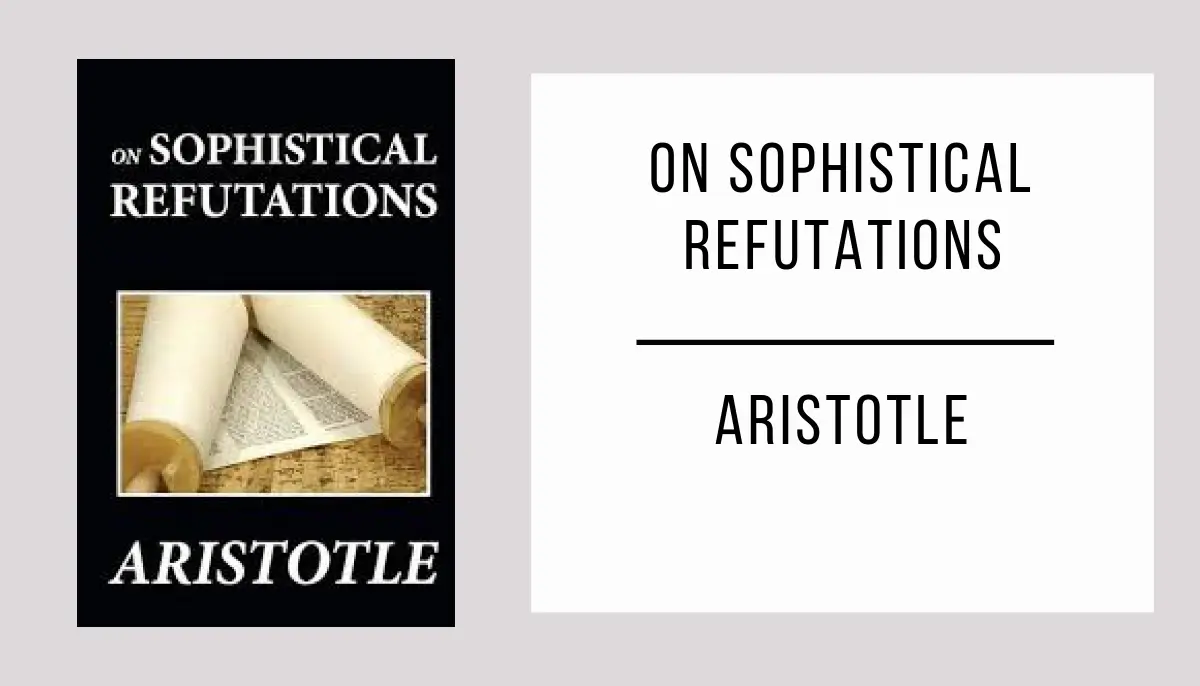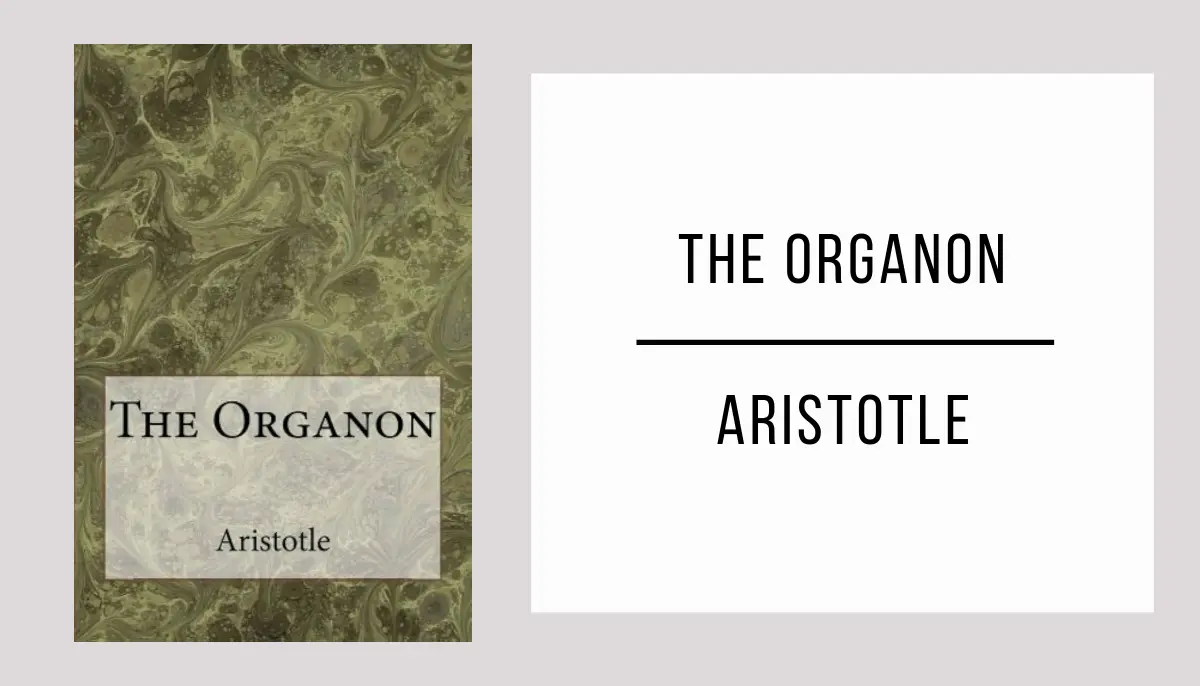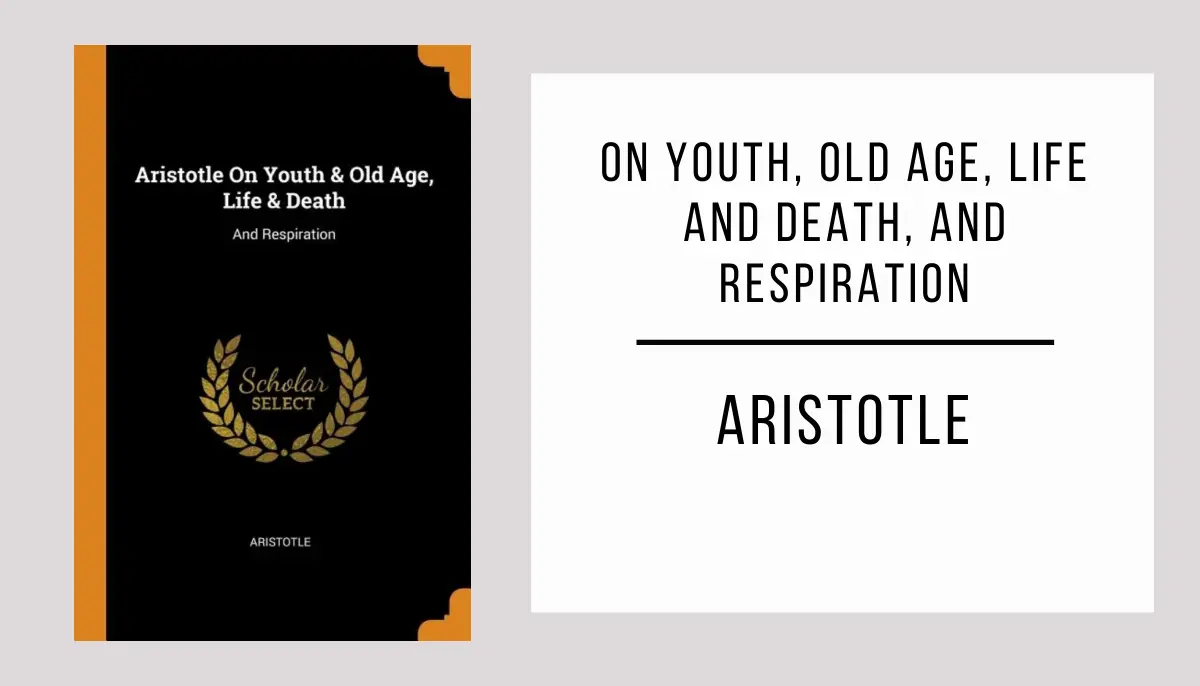“Generation of Animals” by Aristotle, a masterpiece that explores the nature and origin of different species with unprecedented precision and depth.
Download and immerse yourself in the wisdom of “Generation of Animals” in free PDF format. Explore Aristotle’s theories and observations on the life and reproduction of living beings, from the smallest insects to majestic mammals.
Discover Aristotle’s fascinating revelations about the origin and diversity of animals in “Generation of Animals.” An essential read for those seeking to expand their knowledge of biology and appreciate the greatness of nature.
Generation of Animals in PDF format
*Wait a few seconds for the document to load, the time may vary depending on your internet connection. If you prefer, you can download the file by clicking on the link below.
Loading fileInformation Generation of Animals
- Author: Aristotle.
- Publication Date: 4th century BC.
- Main Characters:
- Various animals are described in relation to their reproduction and embryonic development.
- Brief Summary: “Generation of Animals” is a work written by Aristotle in the 4th century BC that addresses the reproduction and embryonic development of animals, including humans. The book consists of five parts dealing with sexual organs, conception, embryonic development, reproduction of oviparous animals, the causes of embryo sex, and variable characteristics of individuals.
- Thematic Analysis: “Generation of Animals” explores themes such as reproduction, embryonic development, differentiation between male and female, spontaneous generation, infertility, and variable characteristics of individuals.
- Historical Context: “Generation of Animals” was written by Aristotle, a Greek philosopher considered one of the founders of biology and zoology. His work had a lasting influence on scientific and philosophical thinking in ancient Greece and subsequent eras. The book was translated into Arabic in the 9th century and later into Latin in the 13th century, contributing to its dissemination in Europe during the Middle Ages.


